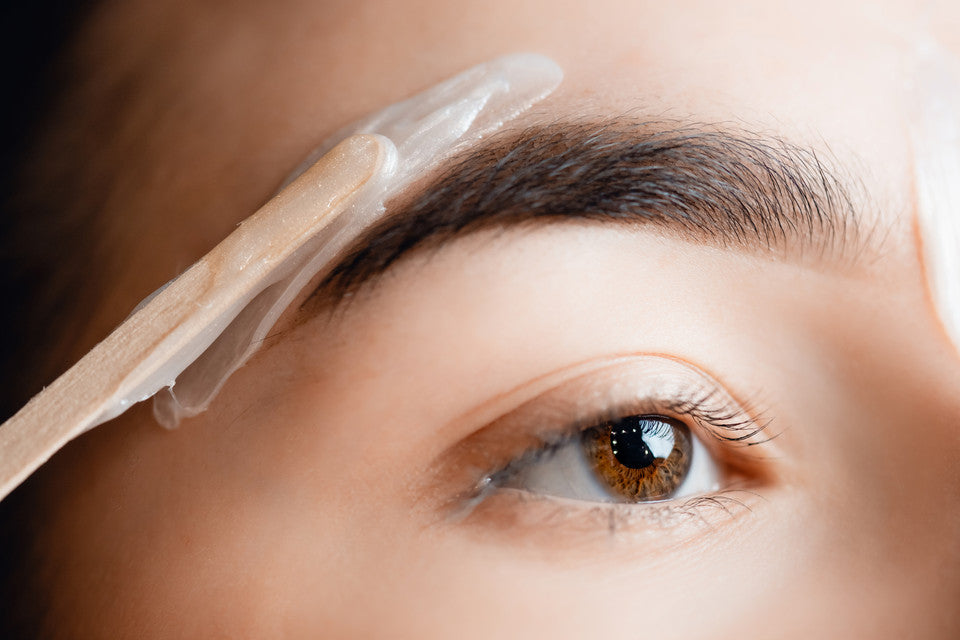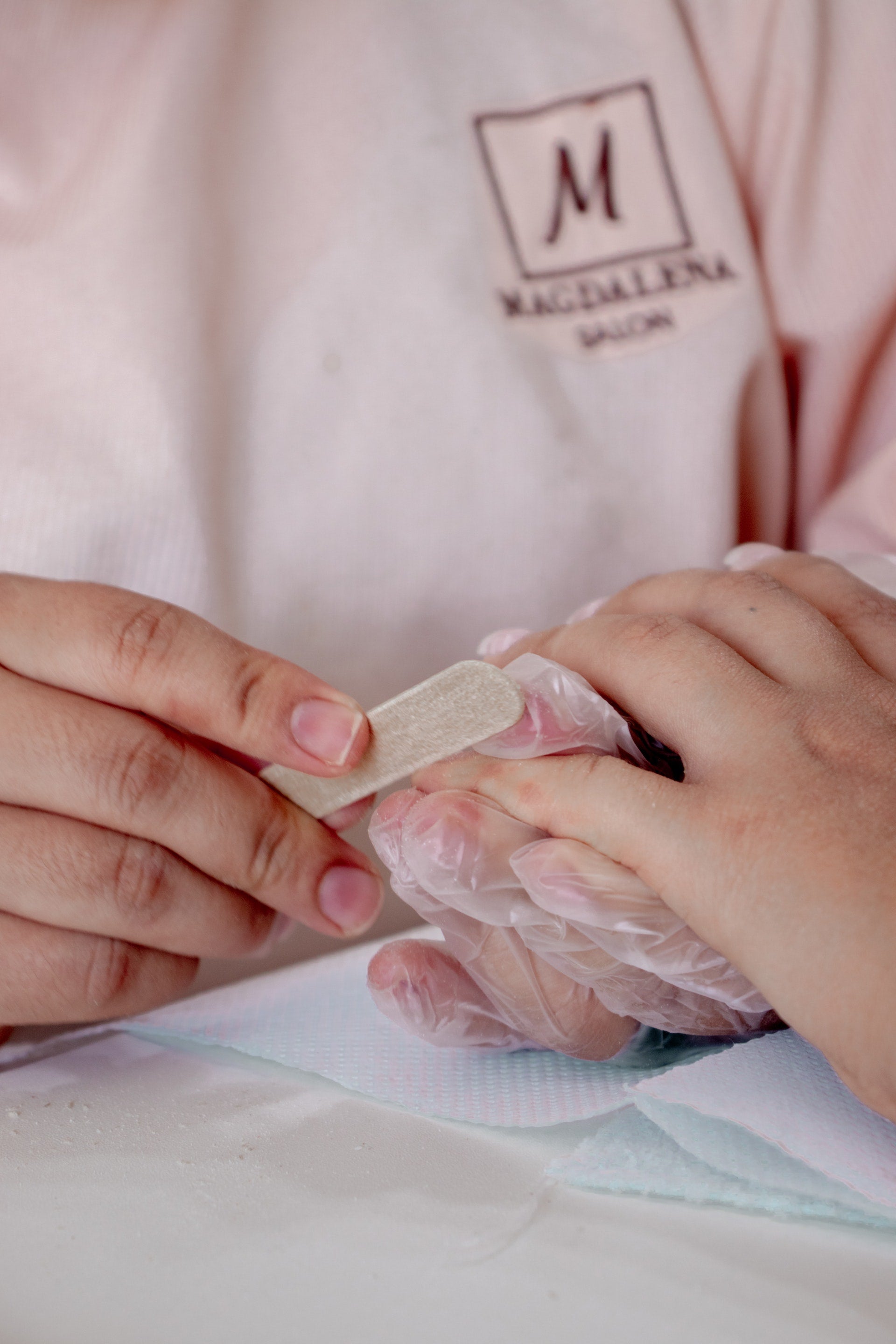
Face Waxing Side Effects: Sensitive Skin and More

Waxing is the ideal solution for hair removal in nearly all parts of the body. This is especially obvious when it comes to facial waxes, with products and accessories tailored to ensure successful treatment in one of the most delicate parts of the body. Thanks to these hair removal products, facial waxing delivers amazing results on people with all types of skin.
Despite all this, it doesn't hurt to have as much insight as we can. There are a series of steps that make waxing safe, increasing the treatment's effectiveness so that the skin stays smooth for longer. It also helps to know what to look for in terms of products and formulas. Salons and spas don't use generic waxes for all their treatments; there would be no difference between that and homemade waxing otherwise. The esthetician picks the best products based on the client's preference, taking note of their observations and the information clients provide about their skin's condition.
Which Wax Works Better for the Face?
Professional waxes cater to different skin types, so they greatly minimize the risks of waxing sensitive skin. Among all the options available, hard waxes are the most effective for facial waxing. They have a creamy consistency that is soothing for sensitive skin, and their stripless approach allows more precision in areas where one mistake could ruin everything. Many estheticians use hard wax beads to remove the hairs on the cheeks and chin, style the eyebrows, and treat the upper lip (arguably the part of the face where waxing hurts the most).
You can still use strip waxes during a facial treatment, but you need to make sure that facial waxes are included on the product's label. Beyond the specifications on the formula, the use of a strip can hinder your work while waxing the eyebrows and other parts of the face. Wax strips are pre-cut in different sizes to give the esthetician more room during different wax treatments, but you can always cut a non-woven epilating roll to customize your treatments in the way that best suits your technique.
What are Waxing Side Effects?
The most sophisticated hair removal services still can make way for side effects on the skin. In most cases, the effects are mild, and they don't last long, but you should still know what to expect to take the correct measures during the post-wax treatment. You also need to be clear on the contraindications of facial waxing.
Clients can't get facial waxes if they're taking medications for a health condition or if they have unhealed injuries (either from a skin infection or a different cause). Estheticians also recommend people avoid subjecting the skin to waxing while they're menstruating.
We will now describe the main side effects that you should look out for in a facial wax:
- Inflammation: It's normal for the skin to get a bit swollen after you rip off the wax. This happens because bumps grow around the pores when the hair is pulled off from the root, leaving the follicle bare. The swelling should fade after a couple of hours, but you can still apply some calming gel to help it heal.
- Redness and irritation: This is one of the most tedious side effects of facial wax. Clients might feel the urge to scratch the area, but facial skin is very sensitive to the touch after a wax. Facial skin is already thinner than in other parts of the body, so it's not unusual to develop some redness and itching. You can use cold compresses to soothe the pain and check the skin as it slowly regains its natural color.
- Ultra sensitivity: Facial skin is already more sensitive, on top of being constantly exposed to multiple elements. In the 24/48 hours after a wax, the skin will be more prone to harm from UV rays, high temperatures, germs and bacteria, rough fabrics, etc. Instruct clients to stay out of the sun throughout the healing period so they can avoid sunburn. They can also apply antiseptic solutions without bumping the skin upon contact.
- Ingrown hairs: This happens when you break the hair shaft at the follicle without removing the hidden roots. It's more common during sessions where the hairs are still too short on the skin, making it harder for the wax to get a strong grasp. Remember to rip the wax against the direction of hair growth and instruct your clients to book an appointment after the hair has grown at least 1/4 inch long.
These are all expected side effects that will not affect the skin in the long term beyond causing some passing discomfort. However, there are rare instances where the risks call for quick action. In some cases, the ingredients in the wax formula could trigger an allergic breakout and increase the chances of scars. Skin infections are another possibility when the skin becomes exposed to bacteria before having fully healed.
Open communication between the client and the esthetician is essential to avoid the most dangerous side effects of facial waxing. A dermatologist's assessment is also important for clients with long-standing skin conditions like acne, psoriasis, etc.
Courtesy: Beauty Image USA
Related Posts

Go back stage with an essie pro
Backstage at New York Fashion week, manicurists are often tasked with providing manicures and pedicures for up to 40...
Read More
Surviving and Thriving as a Spa and Salon in a Challenging Environment
It has now been a full year three years since COVID-19 bit us all and it’s has been...
Read More
